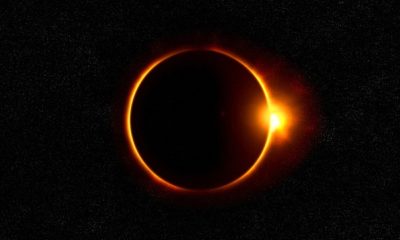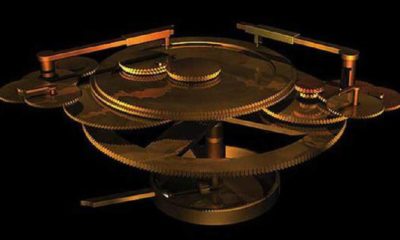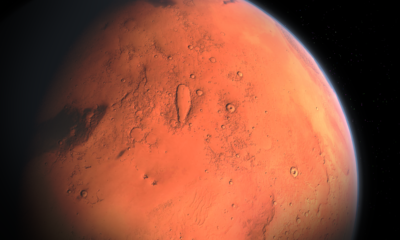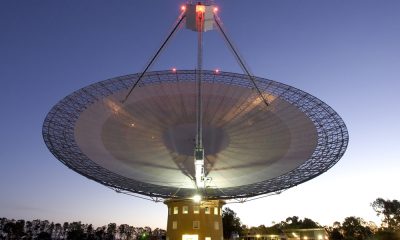The National Aeronautics and Space Administration (NASA) in the United States have reached a milestone this week when the Juno spacecraft reached the halfway mark of its voyage. The probe named “Juno” is headed for Jupiter, the largest planet in the solar system. On August 12, Juno marked a distance traveled of 1.415 billion kilometers, halfway through its five-year mission that was named after a goddess in Roman and Greek mythology.
Juno weighs 3,267 kilograms (around 8,000 lbs). It was built by Lockheed-Martin. It is the first spacecraft powered by the Sun to visit the outer solar system where Jupiter is located. Each of the three solar arrays that produce power for the craft is the size of a tractor-trailer. The Juno mission reportedly cost NASA around $1.1 billion.
Juno’s mission
When the probe reaches its final destination, it will revolve around Jupiter for one Earth year (approximately 365 days). It is expected to make 33 orbits from Jupiter’s opposite poles. It will employ the science instruments it’s been carrying around in order to determine what the composition of Jupiter’s atmosphere is – whether ammonia and water are present. Its mission also involves determining whether or not the gas giant has a solid core. The instruments will also study the planet’s magnetic and gravitational fields.
Juno is carrying scientific instruments such as plasma and energetic particle detectors, images, spectrometers, magnetometers, and instruments for measuring gravity.
See Juno
NASA provides a 3D interactive tool on its website enabling visitors to see Juno’s current velocity and position. The spacecraft is currently travelling at 37 km/sec relative to the sun and 11 km/sec relative to Earth. Juno’s path to Jupiter is not a straight line, rather a looping, indirect path.
On August 8, NASA reported that Juno was 58 million kilometers or 36 million miles from its planet of origin. It has already travelled 1.4 billion kilometers since it was launched in August 2011.
Juno status report
On August 7, the NASA operations team assigned to Juno was successful in implementing a remote trajectory correction maneuver dubbed “TCM-6” in preparation for an upcoming October 9 gravity assist maneuver. This speed boost will be made possible with the scheduled Earth flyby when it comes by around 559 kilometers (347 miles) within the Earth. Juno will be given the much needed push to 26,280 km/hour or 16,330 mph by its home planet for the last leg of its journey to Jupiter.
The project manager of the Juno mission, Rick Nybakken of the Jet Propulsion Laboratory, stated that when Juno reached the halfway mark, it was 55.46 million kilometers from the Earth.
The American space agency happily reports that Juno is in “excellent health and is operating nominally. Science instruments are turned off. Only the magnetometer is operating, albeit in low power. It is also broadcasting radio signals to Earth across the vacuum of outer space.
On August 31, Juno will be at perihelion, or at the closest point to the Sun as its orbit allows. On July 16, it is expected to reach the gas giant, Jupiter.















Facebook
Twitter
Pinterest
Google+
LinkedIn
Email